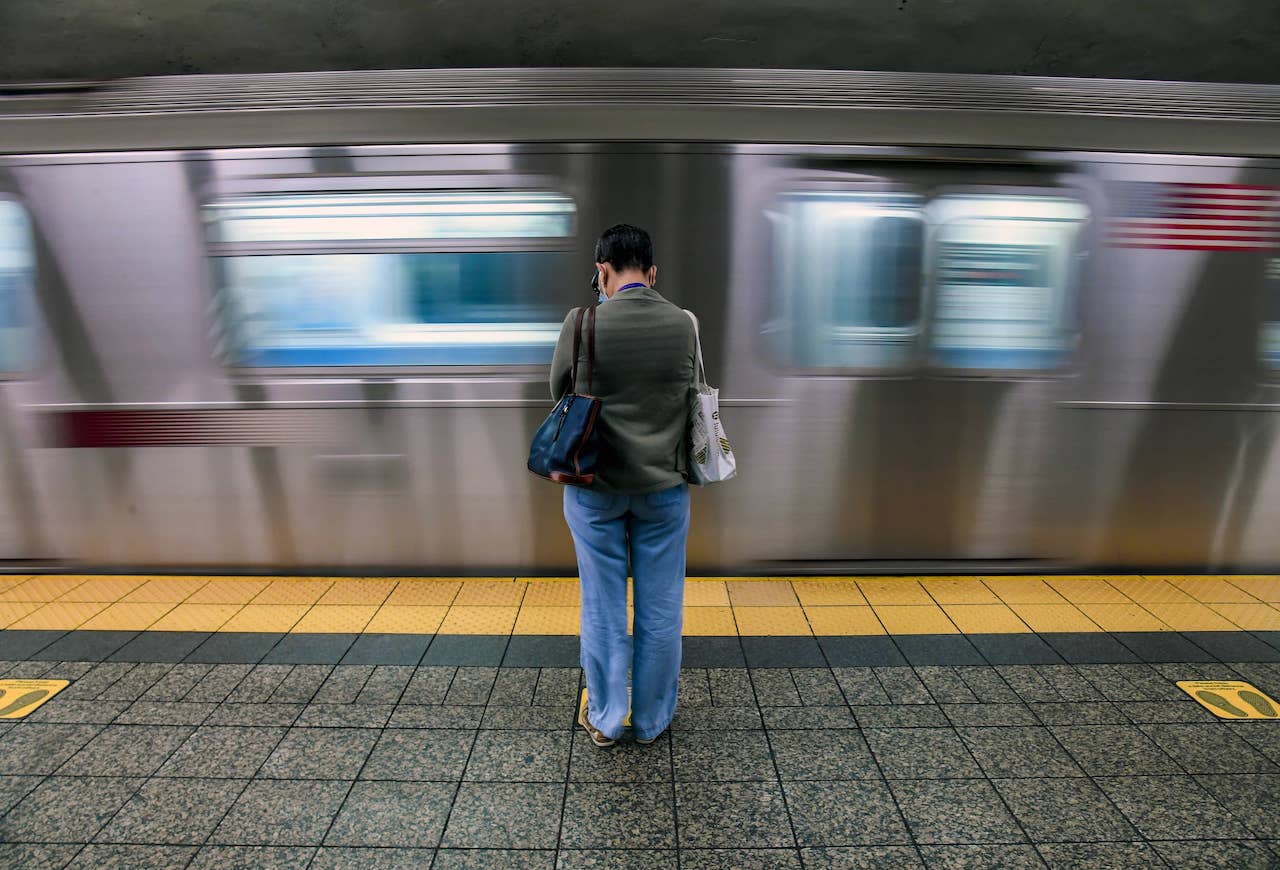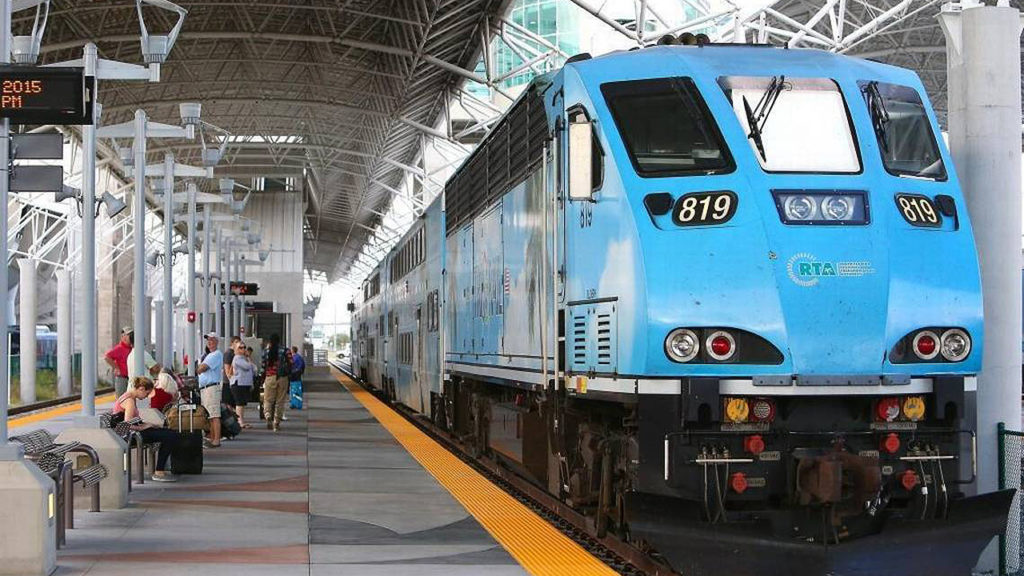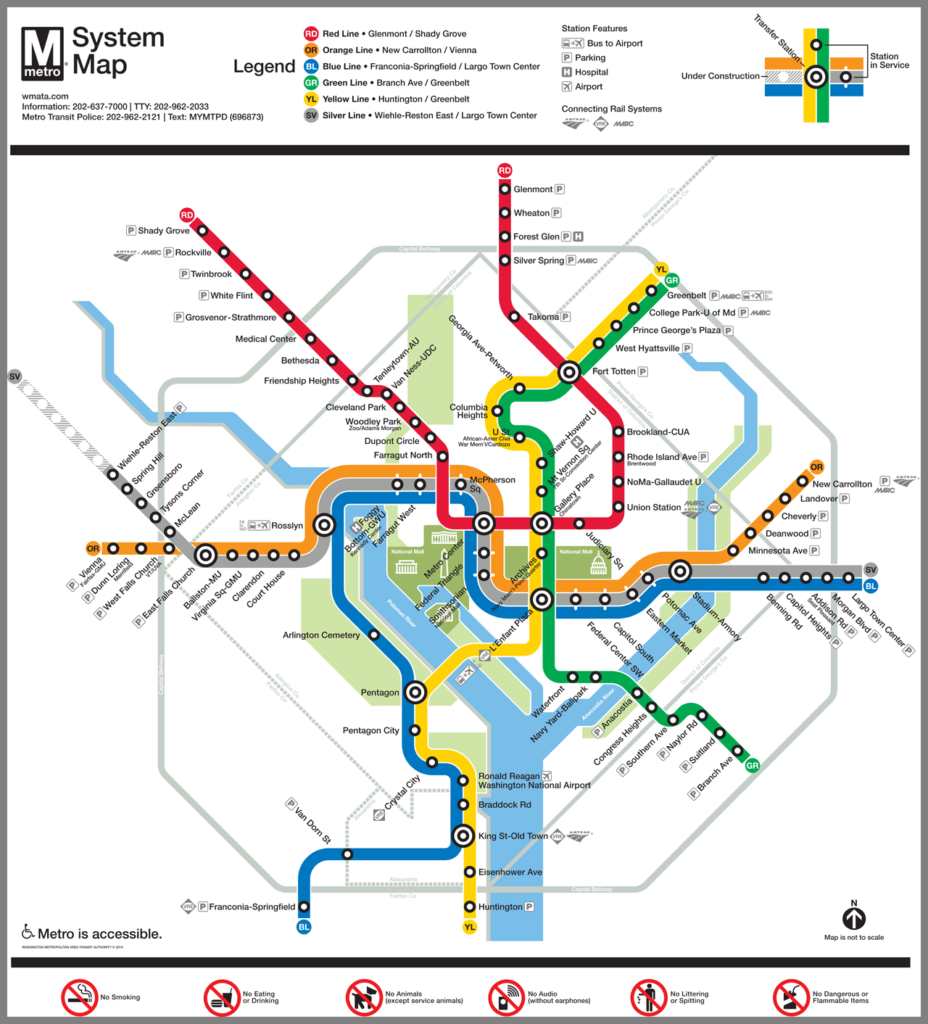
Transit Briefs: NYMTA, Tri-Rail, WMATA
Written by Marybeth Luczak, Executive Editor
To provide new revenue to the New York Metropolitan Transportation Authority, New York Gov. Kathy Hochul is eying a payroll tax increase on businesses in New York City and its surrounding counties that are served by MTA’s subways, commuter railroads and buses.
New York Gov. Kathy Hochel addresses the Metropolitan Transportation Authority’s “fiscal cliff” in her state budget proposal; MTA signs a program management and design services contract to support capital program infrastructure work. Also, south Florida’s Tri-Rail commuter railroad homes in on a 2023 start date for downtown Miami service; and Washington Area Metropolitan Transit Authority mourns the loss of employee Robert Cunningham, who intervened on behalf of a customer at Potomac Avenue rapid transit station and was a victim of gun violence.
Bloomberg on Feb. 1 reported that New York Gov. Kathy Hochul is eying a payroll tax increase on businesses in New York City and its surrounding counties, including Westchester and Long Island, which are served by MTA New York City Transit subways and buses, MTA Long Island Rail Road, and MTA Metro-North Railroad. The move is part of her FY 2024 executive budget proposal and “would provide a combined $1.3 billion of new revenue for the MTA each year,” according to Bloomberg, as the agency “faces a $600 million budget gap this year that’s projected to grow to $3 billion in 2025 as federal pandemic aid runs out.”
Ridership system-wide is at about 60% of pre-pandemic 2019 levels, and MTA estimates that it will reach 80% by the end of 2026, the news outlet reported.
“We have to face the harsh reality of MTA’s fiscal cliff, a problem that was created by almost the complete cessation of ridership during the pandemic,” Hochul said during her Feb. 1 budget address, Bloomberg reported.
“MTA officials have said additional state and city funding will avoid severe service reductions, layoffs and fare increases above an anticipated 5.5% hike later this year,” according to Bloomberg, which noted that MTA expects to receive some $1.8 billion of payroll mobility tax revenue this year. “Increasing the levy to 0.5% from 0.34% would give the transit agency an additional $800 million annually, according to a Hochul spokesperson,” Bloomberg reported. “The governor is also asking New York City to contribute an additional $500 million.”
According to the Governor’s Office, the executive budget proposal also calls for:
- Implementing more than $400 million in MTA operating efficiencies “to reduce expenses and improve service to customers.”
- Increasing New York City’s share of funding for paratransit services, providing students with reduced-fare MetroCards, and offsetting foregone payroll mobility tax revenues for entities exempted from paying the tax, generating nearly $500 million annually.
- $300 million in one-time state aid to address the extraordinary impact on MTA operating revenues.
- $150 million annual commitment from the MTA for additional safety personnel.
- Dedicating a share of $1.5 billion in the licensing fees if three casino licenses are awarded, and a share of an estimated $462 million to $826 million in annual tax revenue from the casinos for MTA operations.
- $9.1 billion in mass transit operating support, including $809 million in operating support for non-MTA authorities.
- Nearly $7 billion “for the second year of a record” $32.8 billion, five-year DOT Capital Plan to improve highways, bridges, rail, aviation infrastructure, non-MTA transit, and DOT facilities including $1.2 billion for local roads and bridges.
- $1.3 billion for a “commuter-first Penn Station, the Western Hemisphere’s busiest transit hub.”
- $20 million for bus electrification for non-MTA authorities, and $20 million to rehabilitate Buffalo-based Niagara Frontier Transportation Authority’s light rail.
Separately, MTA selected the VHB-Arcadis Joint Venture (JV) for program management and design services to support infrastructure work under its $54.8 billion capital program. The multi-million contract covers 51 projects—bringing existing assets to a state of good repair—in four programmatic disciplines, to be completed within a 16-month schedule, according to VHB.
The VHB-Arcadis JV’s 150-plus transportation professionals will perform overall program management, preliminary design services for design-build procurements, and final design services for design-bid-build procurements for the Infrastructure Business Unit of MTA Construction and Development (C&D) at bus facilities, line structures, rail facilities and wayside power locations.
“Key to a successful path forward and delivery of a program of this magnitude is the ability to deliver multiple projects concurrently, provide seamless coordination with multiple MTA departments, and leverage our JV resources to proactively drive all projects to completion,” said Steve McElligott, JV Project Executive and VHB’s Transportation Market Leader.

Miami Today on Jan. 31 reported that the $70 million project to bring Tri-Rail service to private-sector passenger railroad Brightline’s MiamiCentral Station is slated for completion this fall, according to a recent presentation by South Florida Regional Transportation Authority (SFRTA) Executive Director David Dech to the Citizens’ Independent Transportation Trust (CITT) Board.
The project has faced many obstacles. Among them: exposed rebar, platform issues, and negotiations with Brightline and Florida East Coast Railway (FEC), Dech told the CITT Board in October 2022, according to Miami Today. Dech said at that time he anticipated a 2023 launch; now, he has homed in on a fall 2023 date.
Tri-Rail operates on the historic Seaboard Railroad, several miles west (inland) from the FEC alignment that goes through Miami and other downtown areas, and which Brightline uses. At the present time, Metro Rail, the elevated line operated by Miami-Dade Transit, provides the link between Tri-Rail and downtown Miami. There is a transfer station in Hialeah, at 79th Street, two stops north of Tri-Rail’s southern terminal at Miami International Airport. According to Railway Age Contributing Editor David Peter Alan, who has reported extensively on Tri-Rail’s long-delayed access project, when the MiamiCentral station was under construction in 2015, the company that became Brightline was still called All Aboard Florida (AAF). The station in downtown Miami would feature elevated platforms with three tracks for AAF/Brightline (a side platform for one track and an island platform for the other two) and two tracks with side platforms for Tri-Rail. “It was anticipated at the time that Tri-Rail would serve the station sometime in 2017, but that hope has faded into memory, and the plan is now more than five years behind schedule,” Alan reported last year.
According to Miami Today, Dech in January advised the CITT Board that:
- “Brightline has completed platform improvements on Tri-Rail tracks approved by the SFRTA.
- “Brightline, the SFRTA and the FEC have completed two steps of the approved training.
- “Tri-Rail managers have completed a mandated Brightline/FEC rules class and exam.
- “Brightline has become qualified on the FEC portion of the rail corridor in order to train Tri-Rail personnel.
- “A dispatcher hiring plan has been submitted to the SFRTA and is under review.
- “A Tri-Rail proposed schedule has been reviewed and found compatible by Brightline analysts.”
According to Miami Today, Dech told the Board that these projects were continuing:
- “The SFRTA is removing the Automatic Train Control (ATC) territory switch from its stock at the request of the FEC. It requires a software change to ensure ATC does not govern when operating on the South Florida Rail Corridor (SFRC).
- “ATC Vehicle Qualifications Testing.
- “Completing static testing.
- “Installing ATC software.”
Once corridor access is approved, Dech told the Board, dynamic testing can begin, according to Miami Today.

Robert Cunningham, a 64-year-old mechanic in WMATA’s power department, was killed in a shooting at the Potomac Avenue Station on Feb. 1. Three others were injured.
According to a report by The New York Times, “a gunman confronted people on a bus and later in a Metro [WMATA rapid transit] station in Southeast Washington, the police said.
“The employee was trying to protect a customer when he was killed, officials said. Bystanders later tackled the gunman, the police said, and he was taken into custody at the station.”
“On behalf of the Metro Board, words cannot express how saddened we are to learn about the death of Mr. Cunningham,” Chair Paul C. Smedberg said in a Feb. 1 statement. “We understand that the employee acted with extreme bravery to help a customer who was being threatened by the shooter. To the family of the Metro employee, please accept our sincerest condolences. The Board is working with management to support the Metro family.”
“Today, I feel profound sadness about the loss of our Metro family member, Robert Cunningham,” WMATA General Manager and CEO Randy Clarke said in a Feb. 1 statement. “We grieve for our employee, his family, and all who have been affected by this senseless tragedy. I appreciate the outpouring of support Metro has received today. Gun violence must stop. Unfortunately, Metro is not immune to the violence that our country is experiencing right now. These senseless acts must be addressed together by our leaders and community. We will take time to process this loss and take care of our employees. We are all hurting and will continue to lean on each other for support.”



